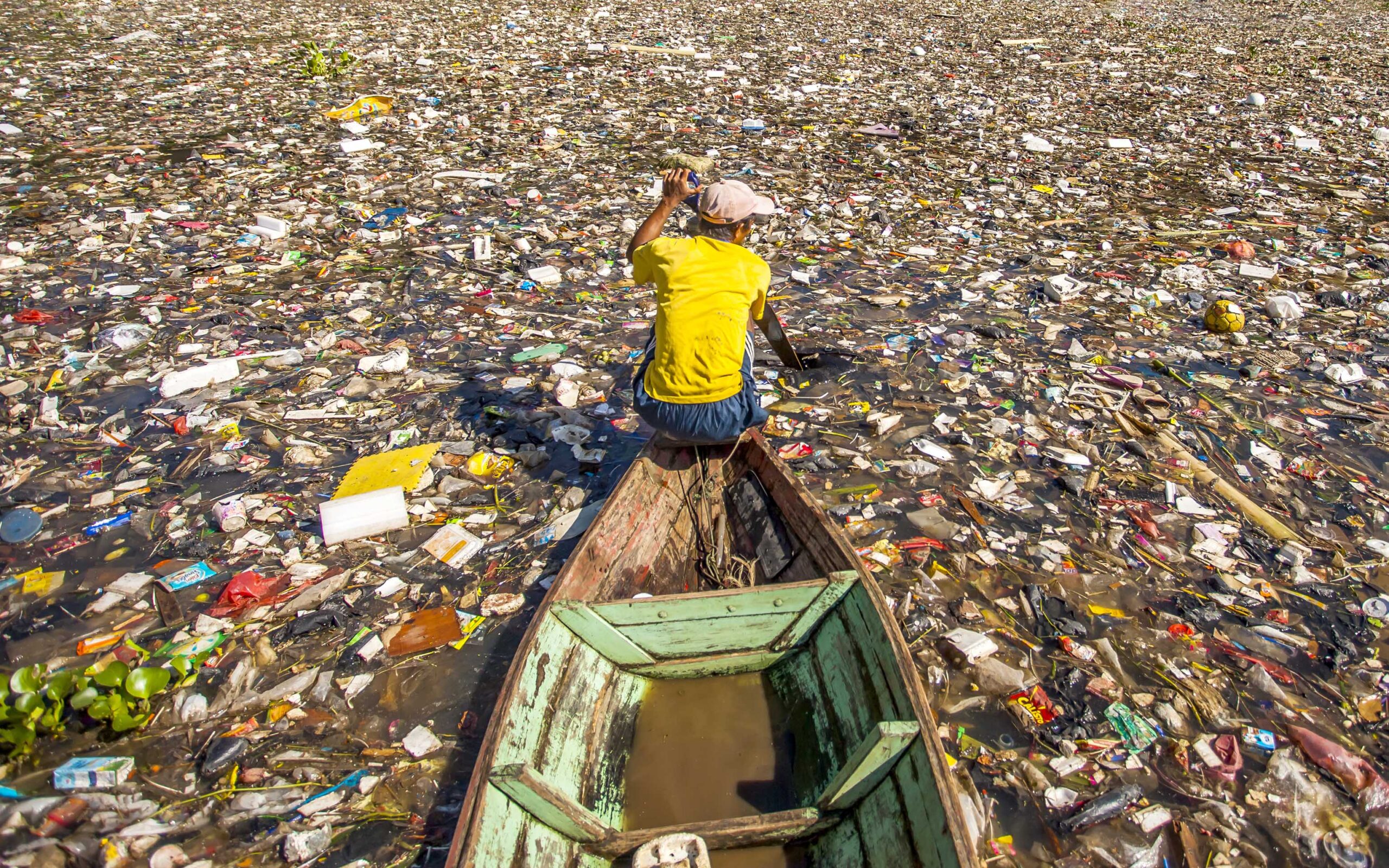
Microplastics are everywhere, including in our food. A new study highlights the countries in the world where people ingest the most microplastics, and Indonesia tops the list.
Scientists from Cornell University in the US have mapped human microplastic uptake, showing the countries where people are unwittingly eating and inhaling the most microplastic particles. Their study covered 109 countries from 1990 to 2018, and focused on the world’s major coastlines affected by plastic pollution.
The researchers compiled data on microplastic concentrations in food groups such as fruit, vegetables, proteins, cereals, dairy products, drinks, sugars, salt and spices. Several criteria were taken into account to assess the risks, including the consumption habits of local residents and food processing technologies.
When it comes to dietary uptake, top of the list comes Indonesia. According to the results of the study, Indonesians eat around 15 grams of microplastics per month, with the majority of plastic particles coming from aquatic sources such as seafood.
Conversely, Paraguay is the country where people are least likely to ingest microplastics (0.85 grams per month). Between 1990 and 2018, daily consumption of microplastics increased 59-fold on average worldwide.
The authors also mapped the countries where people are breathing in the most microplastics. The countries most at risk are, once again, in Asia, with residents of China and Mongolia breathing in over 2.8 million particles per month, compared with 300,000 for US residents, for example.
“Only residents in the Mediterranean and nearby regions breathed less,” the study news release explains. This is particularly true of Spain, Portugal and Hungary, where the number of plastic particles inhaled per month is estimated at between 60,000 and 240,000, the researchers add.
“Industrialization in developing economies, particularly in East and South Asia, has led to increased consumption of plastic materials, waste generation and human microplastic uptake. Conversely, industrialized countries are experiencing a reverse trend, supported by greater economic resources to reduce and remove free plastic debris,” said study coauthor, Fengqi You, in a statement.
“Our study highlights that addressing microplastic uptake requires a multifaceted approach, including sustainable packaging solutions, enforcing stringent waste management regulations and advancing water treatment technologies,” adds coauthor Xiang Zhao.
According to the researchers, a 90% reduction in aquatic plastic debris could lead to a substantial reduction in exposure to microplastics, potentially up to 51% in developed countries and 49% in highly industrialized regions.













































